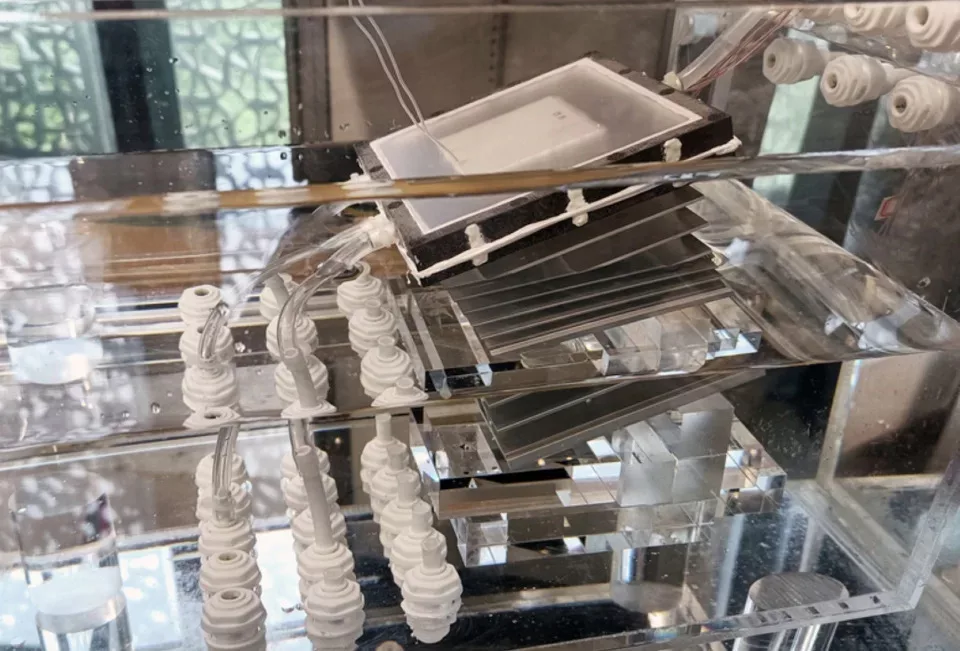The motion of the ocean and a little sunlight are the secrets to a new tool for desalination of saltwater into drinkable H2O that’s cheaper than water from a tap, a recent study reports.
MIT engineers and collaborators developed a prototype that takes inspiration from ocean circulation patterns called thermohaline currents and reproduced these in small box.
The device moves saltwater in eddy like rotations in multiple stages. This swirling action, along with the sun’s heat, spurs evaporation of freshwater vapor that is then condensed and collected, leaving salt behind. The system also pushes salt through so it doesn’t clog.
The researchers published their findings in the journal Joule.
The invention “has a higher water-production rate and a higher salt-rejection rate than all other passive solar desalination concepts currently being tested.”
“This is a very innovative approach that effectively mitigates key challenges in the field of desalination,” Guihua Yu, a University of Texas professor not involved in the research, said. “The design is particularly beneficial for regions struggling with high-salinity water.”
Desalination is already of great interest in areas with scarce freshwater, and experts foresee creative solutions gaining importance as the world warms because of heat-trapping pollution.
According to the United Nations, about 2 billion people worldwide don’t have access to safe drinking water. Only 0.5% of Earth’s water is usable as freshwater, says the World Meteorological Organisation. Sea levels rise may make groundwater supplies saltier, too.
The new tech, scaled up, could provide water cheaply, and could be especially helpful to low-income communities in dry, coastal nations. Because it’s solar-powered, users could be off-grid and wouldn’t need to pay for electricity.
At the size of a small suitcase, the researchers estimate, the new system could produce about 1-1.5 gallons of drinking water per hour, which could make it less expensive than water from a U.S. utility.
Source: https://finance.yahoo.com
Image: https://s.yimg.com













